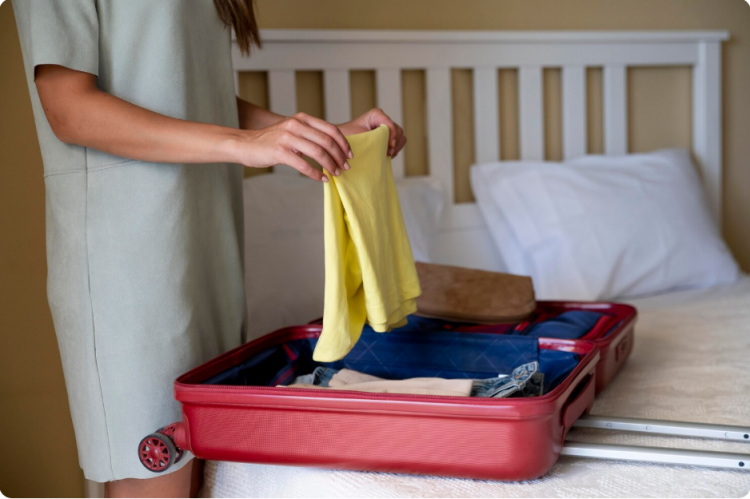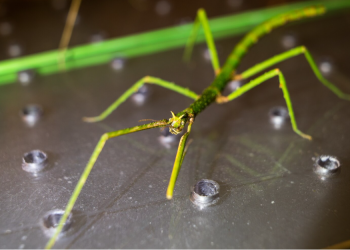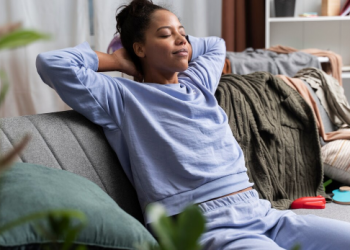If you travel often, you’ve probably heard about the risk of bed bugs. These tiny hitchhikers don’t just live in hotel beds, they’re experts at sneaking into luggage, clothing, and personal items. Once inside your suitcase, they can make their way into your home, leading to a stressful and costly infestation. That’s why learning how to protect your luggage is so important. With a few simple steps, you can travel with confidence and return home without unwanted passengers. After all, prevention is easier than treatment, even from a trusted name in pest control.
Why Bed Bugs Are a Real Threat
Bed bugs are great at hiding and waiting for the right moment to move. They can survive for weeks, even months, without a meal, which means a suitcase stored in your closet could harbor them long after your trip ends. Because they spread easily in hotels, airports, buses, and trains, travelers are at higher risk of picking them up without realizing it. The good news is that with the right strategies, you can stop them before they become a problem.
Smart Packing Starts at Home
Before you even leave for your trip, think about how you pack. Choosing the right luggage can make a difference. Hard-shell suitcases with smooth surfaces give bed bugs fewer places to hide compared to fabric or soft-sided bags.
Once you’ve chosen your bag, protect the inside by packing clothes, shoes, and other fabric items in resealable plastic bags. Not only does this help prevent bugs from sneaking in, but it also makes laundry easier when you return home. Keep dirty clothes sealed in their own bags to make sure any possible bugs don’t spread to clean items.
Inspect Before You Unpack
When you arrive at your destination, take a few minutes to check your surroundings before getting comfortable. Look closely at the bed, mattress seams, headboard, and nightstands for signs of bed bugs. These signs include tiny reddish stains, dark spots that look like ink, shed skins, or even live bugs. A small flashlight can help you spot them in hard-to-see cracks and crevices.
While it might feel odd, leaving your luggage in the bathroom or on a luggage rack during your inspection is a smart move. Bed bugs are less likely to climb smooth surfaces like tile or metal, making these spots safer for your bags.
Keep Your Bags Elevated
Never place your luggage directly on the bed or carpeted floor. Bed bugs can easily crawl inside when your bags are within reach. Instead, keep your suitcase on a luggage rack pulled away from the wall, or even on a hard surface like a table or shelf. Avoid unpacking into hotel dressers, since bed bugs can hide inside drawers.
Consider Extra Protection
For frequent travelers, a luggage encasement or protective cover is a smart investment. These encasements zip around your suitcase and make it harder for bed bugs to get in or out. You can also use a light application of bed bug repellent spray on the outside seams of your bag. Just be careful not to soak the fabric, and always let it dry before packing.
What to Do Before Heading Home
Before leaving your hotel, check your luggage seams, zippers, and pockets for any signs of unwanted passengers. Shake out clothing and wipe down suitcase handles and hard surfaces with a disinfecting wipe. This simple step can reduce your chances of bringing bugs home.
Unpack with Care
When you arrive back home, don’t roll your suitcase straight into your bedroom. Instead, take it to a laundry area or garage first. Transfer clothes immediately into the washing machine and wash them in hot water, followed by high heat drying. Bed bugs and their eggs die at temperatures above 120°F.
Vacuum your suitcase thoroughly, paying attention to seams and pockets. If you’re worried about possible bugs, leave the bag in a sealed container or garage for a few days, or even use a portable heating unit designed for luggage.
Final Thoughts
Traveling should be about making memories, not worrying about pests. By packing smart, inspecting carefully, and cleaning thoroughly after trips, you can keep bed bugs from turning your vacation into a nightmare. A little prevention goes a long way in keeping your home safe from infestations. Protect your luggage, protect your peace of mind, and enjoy your travels without bringing home any uninvited guests.









